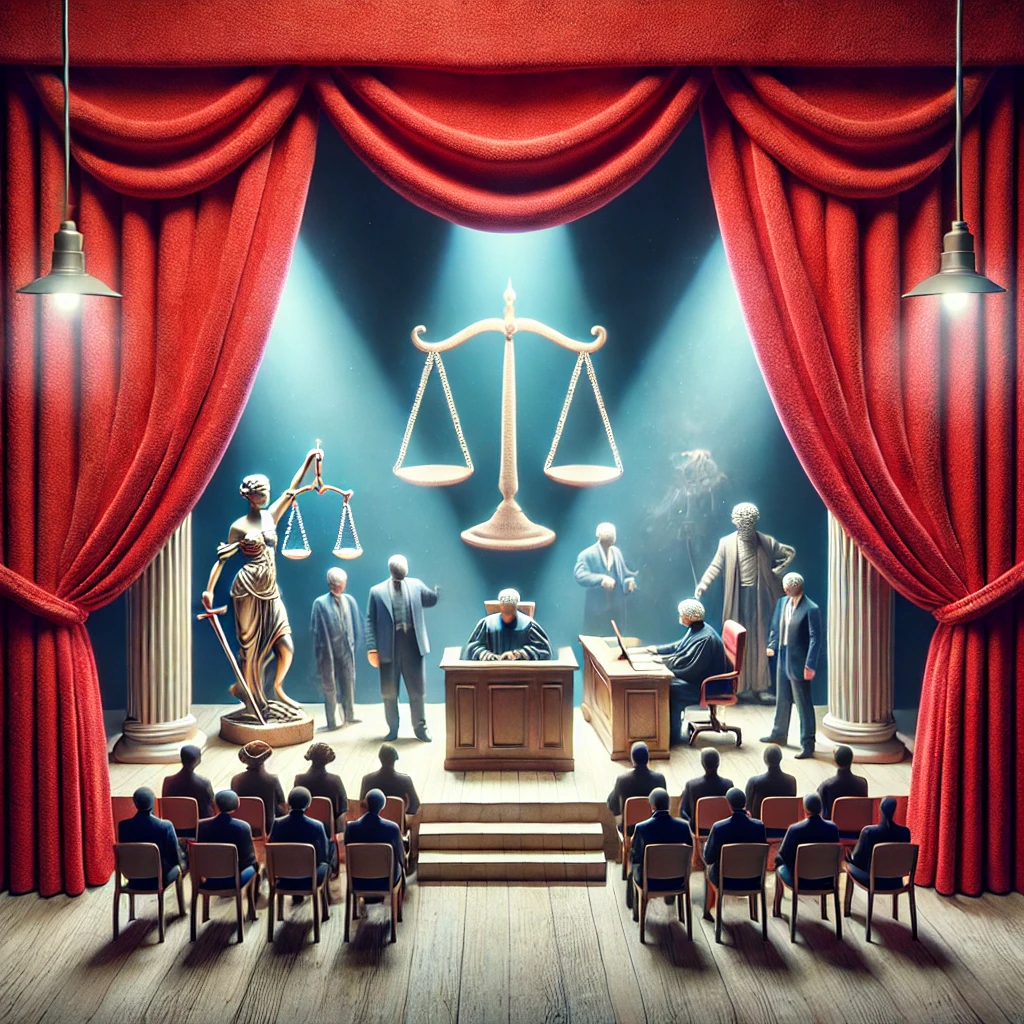Walking into a courtroom for a criminal trial can feel like stepping onto a stage for a performance where you don’t know the script—but don’t worry, the legal system in Arizona has a clear process, and knowing what to expect can help ease your nerves. Whether you’re the defendant, a family member, or just curious about how the justice system works, this guide will walk you through the steps of a criminal trial in Arizona.
1. Opening Statements: The Curtain Rises
Think of the opening statement as the trailer for a movie—it sets the stage for what’s to come. First, the prosecuting attorney, representing the State of Arizona, will present their side, outlining the evidence they’ll use to prove the charges. The defense attorney may follow with their own opening or choose to wait until it’s their turn to present evidence.
But here’s the thing: opening statements aren’t evidence. They’re more like a lawyer’s best pitch—so take them with a grain of salt.
2. Direct Examination: Witnesses Take the Stand
The prosecutor kicks off the trial by calling witnesses and presenting evidence. Witnesses swear to tell the truth and answer questions during direct examination. Evidence can include anything from documents to physical items (yes, sometimes even dramatic things like a weapon).
Pro tip: The evidence has to meet the strict standards of the Arizona Rules of Evidence before it’s admitted, so if you see lawyers objecting, they’re just playing by the rules.
3. Cross-Examination: The Gloves Come Off
Once the prosecutor is done questioning a witness, the defense attorney gets a turn. This is called cross-examination, and it’s often where things get interesting. The defense may challenge the witness’s credibility or poke holes in their testimony, leaving the jury with questions about what they just heard.
4. Redirect and Recross: The Cleanup Rounds
The attorneys can ask follow-up questions to clarify or respond to points raised during cross-examination. It’s a bit like a chess game—every move is strategic.
When the prosecutor is done presenting their case, they “rest,” and the defense has a chance to ask the judge for a judgment of acquittal, arguing that the state hasn’t proven its case. If the judge agrees, the trial ends right there.
5. The Defense’s Turn: The Plot Thickens
If the trial continues, the defense may call their own witnesses or present evidence. However, the defense isn’t required to prove anything—it’s the prosecution’s job to prove guilt beyond a reasonable doubt. Sometimes, the defense’s best move is simply to highlight the prosecution’s weak points.
6. Closing Arguments: The Lawyers’ Grand Finale
Closing arguments are like the final act of a play. The prosecution goes first, summarizing the evidence and urging the jury to convict. Then the defense attorney gets their turn, poking holes in the state’s case and emphasizing why there’s reasonable doubt. The prosecution gets the last word, leaving the jury with their final thoughts.
Remember: like opening statements, closing arguments are not evidence. They’re more like a persuasive essay with flair.
7. Jury Instructions: The Rules of the Game
Before the jury begins deliberating, the judge will explain the legal standards they must use to decide the case. These instructions can be dense, but they’re critical to ensuring a fair verdict.
8. Jury Deliberations: The Decision Room
The jury heads to a private room to discuss the case. They’ll elect a foreperson to lead their discussions and must reach a unanimous verdict. If they can’t agree, it could lead to a hung jury and possibly a new trial.
9. The Verdict: The Moment of Truth
Once the jury reaches a decision, they’ll return to the courtroom. The verdict is read aloud, determining whether the defendant is guilty or not guilty. If it’s not guilty, the defendant is free to go. If it’s guilty, the next step is sentencing.
10. Sentencing: The Final Chapter
In Arizona, sentencing happens after the trial. The judge considers the crime, the evidence, and the arguments from both sides to decide on a punishment. Sentences can range from probation to prison, and in some cases, fines or community service may be imposed.
11. Appeals: The Story Isn’t Always Over
If the verdict is guilty, the defendant has the right to appeal. In cases involving the death penalty, an automatic appeal goes directly to the Arizona Supreme Court. Other cases go to the Arizona Court of Appeals.
Final Thoughts
While criminal trials might seem like dramatic courtroom TV shows, the real process is more structured and focused on fairness. Understanding what to expect can help you feel more prepared—and even a little less intimidated.
If you or someone you know is facing criminal charges in Arizona, I’m here to guide you every step of the way. Contact my office for a confidential consultation, and let’s work together to protect your rights and secure the best possible outcome.
Disclaimer:
This post provides general information about the criminal trial process in Arizona and is not intended as legal advice. I am licensed to practice law in Arizona, and this post is specific to Arizona’s criminal justice system. For legal advice tailored to your situation, consult an experienced attorney.

